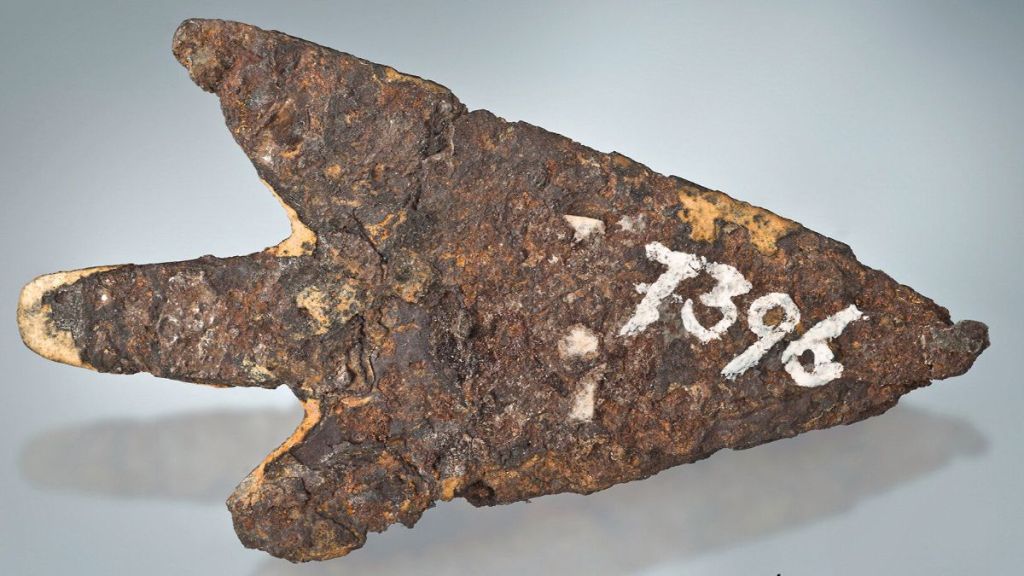Researchers have unearthed an arrowhead in Switzerland, which is believed to be made from a meteorite. According to CNN, the artifact dates back between 900 and 800 BC. A study by a team of researchers at the Natural History Museum of Bern suggests that the arrowhead is 39-millimeter-long in size and was found during excavations in the 19th century on a pile-dwelling site in Mörigen on Lake Biel, Switzerland.
According to the study, the approximately 3,000-year-old artifact was made with iron from a meteorite that landed in Estonia. According to the researchers, this shows that meteoritic iron was traded in Europe by 800 BC or earlier, which is unusual for meteoritic iron to be utilised so early in history.
The study also suggests that humans had not yet begun to process iron from oxide ores at the time, although some metallic iron might be found in meteorite impact fields. While meteoritic iron objects have been unearthed in Turkey, Greece, Syria, Iraq, Lebanon, Egypt, Iran, Russia, and China, such artefacts had previously only been discovered in two locations in central and western Europe, both in Poland.
Now with the new finding, researchers have confirmed Mörigen, Switzerland as the third location.
Meteorite origins
Previously, experts believed the iron in the arrowhead came from the Twannberg meteorite, which crashed to Earth just a few kilometres away from the pile-dwelling.
According to the study, iron analysis revealed that this was not the case, nor was material from a meteorite that fell in Poland.
There are only three known meteorites in Europe with a similar chemical composition, but researchers believe the most likely source was one in Kaalijarv, Estonia, because it hit about 1500 BC and “produced many small fragments,” according to the report.
According to CNN, some of these fragments would have travelled southwest to Switzerland over trade routes, according to lead study author Beda Hofmann, head of the Earth sciences department at the Natural History Museum of Bern.
While most individuals in the Bronze Age pile-dwelling settlements of the Swiss lakes would have spent their time farming, hunting, and fishing, there is evidence – including moulds for casting bronze discovered at Mörigen – that certain people had developed specialised talents, she said.


